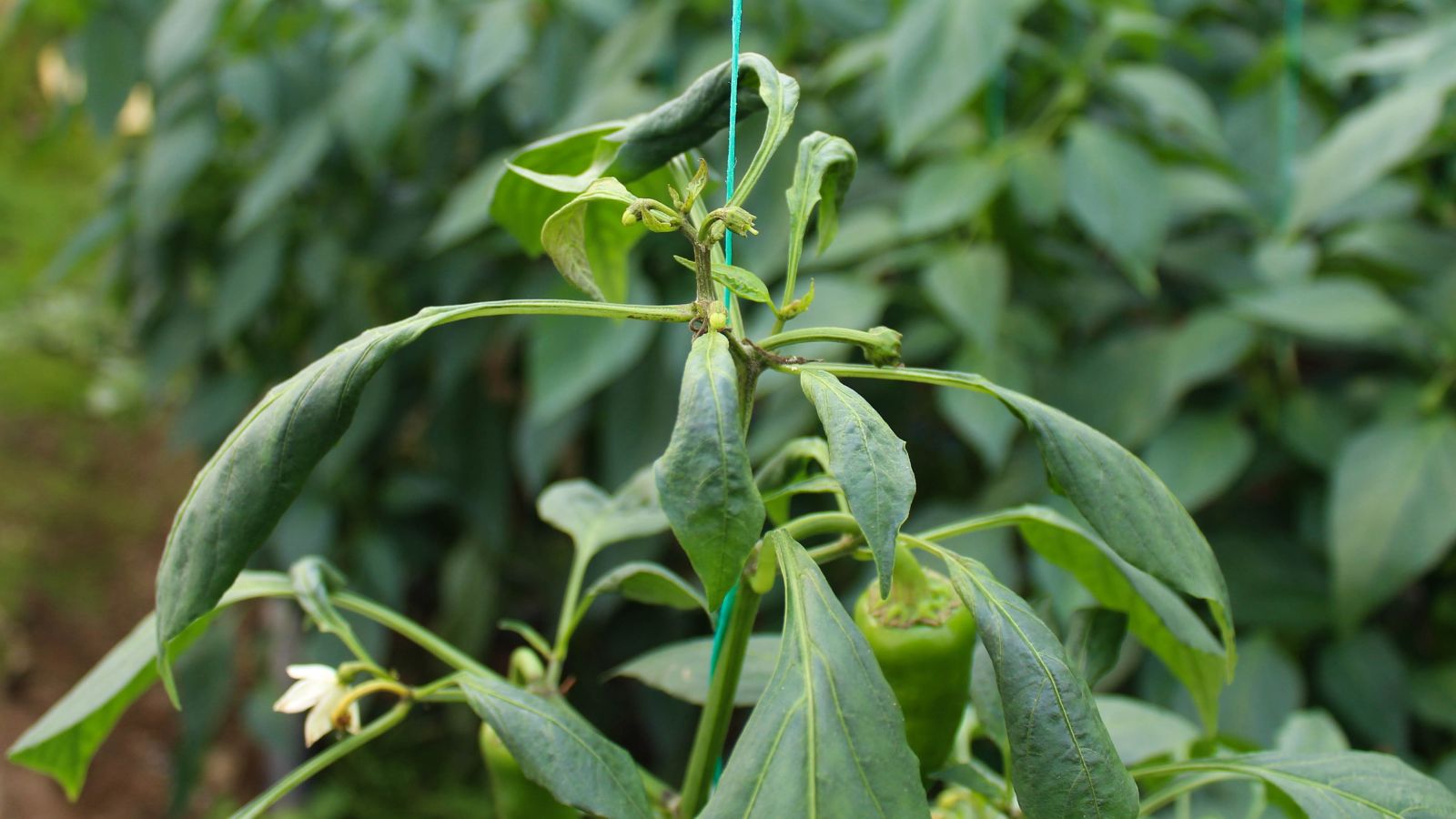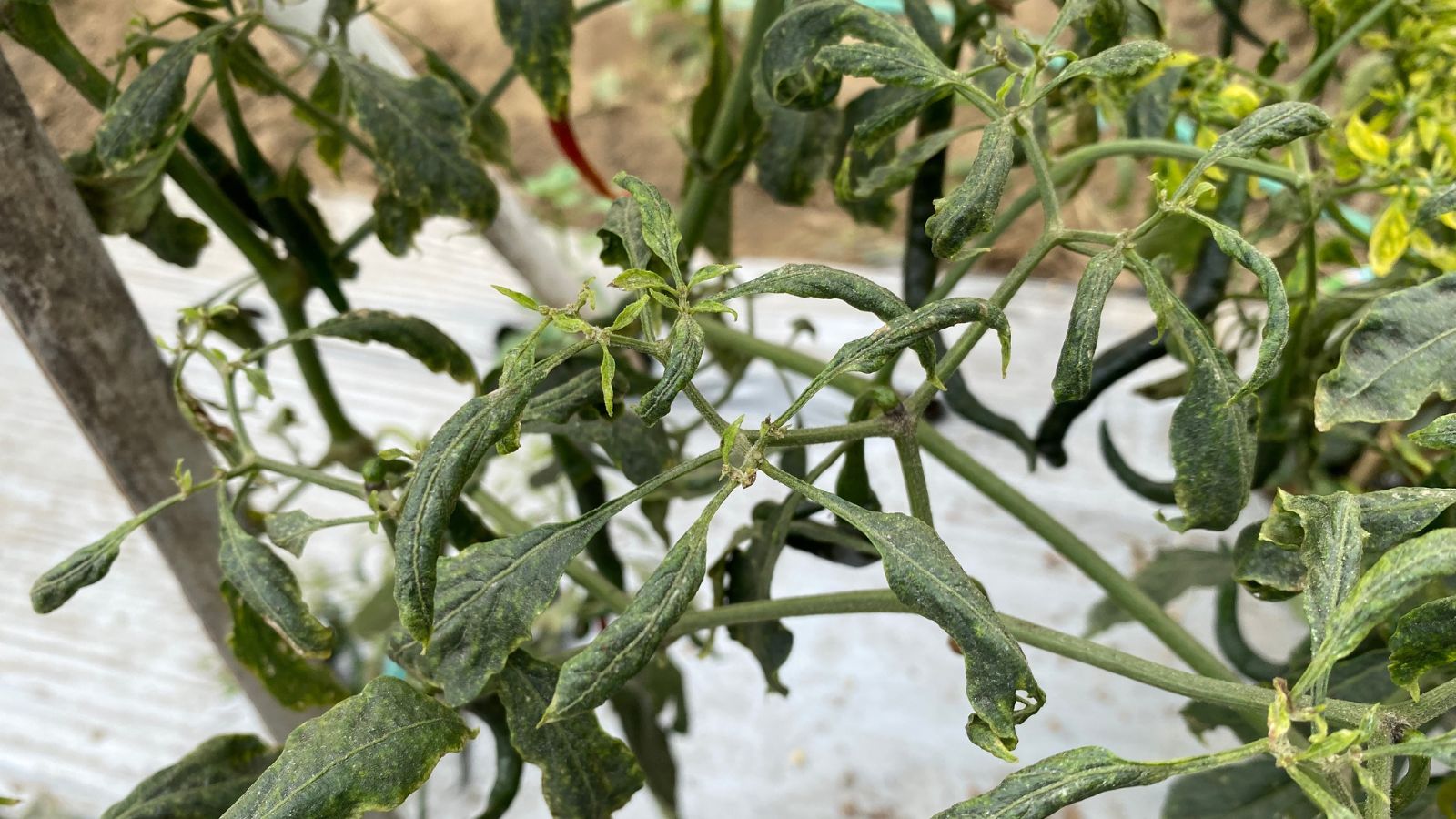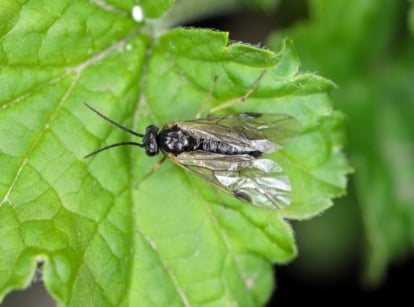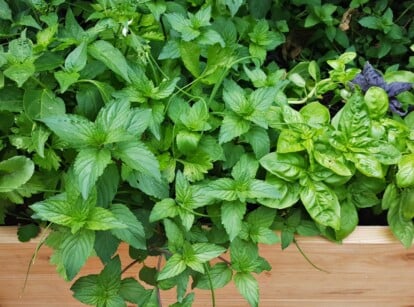How to Identify and Control Broad Mites
In warmer climates or greenhouse environments, broad mites can become a problem for a wide range of plants, requiring quick control. Huan Song explains how to identify and control broad mites in your garden in this complete guide.

Contents
As a part of the ecosystem, our gardens are constantly fighting a battle against attacks both big and small.
Broad mites (Polyphagotarsonemus latus) are tiny but destructive bugs that reproduce rapidly and can cause a lot of damage to plants. They have been documented on over 60 plant families. This mite is a problem in areas of the world without freezing winter temperatures and poses a serious threat to greenhouse growers.
Broad mites favor new growth and young buds on plants and can be particularly problematic for plants that are harvested for this growth, such as tea and cannabis. Removing them quickly is key to saving your crop.
What Are Broad Mites?

The average broad mite (Polyphagotarsonemus latus) is much smaller than a spider mite, coming in at less than 0.007 inches long. This makes them difficult to identify with the naked eye.
These predatory mites feed on plant sap and cause discoloration and browning of leaf surfaces. A heavy infestation can cause stunted plant growth, deformed fruits, and even plant death.
In recent years, growers have seen a rise in broad mite population in parts of the U.S. with mild winter temperatures. Broad mites are typically killed off by the cold but may overwinter in leaf litter in near-freezing temperatures.
The broad mite is a major agricultural pest domestically in temperate states like California, the Carolinas, Florida, and Virginia and abroad in parts of Asia, South Africa, and Mexico. Fruits like blackberries and strawberries, apples, cantaloupe, citrus, and grapes are susceptible as are vegetables like potatoes and beans. Ornamental plants such as African violets, dahlias, azaleas, begonias, and zinnias are also among its long list of victims.
How to Identify Broad Mites
Mites can range from being translucent to pale yellow or brown in color and have four pairs of legs. Adult female mites have three pairs of legs with the last pair ending in long hairs. Adult males have three pairs of legs with the last pair ending in strong claws.
Broad mites reproduce sexually and have a very short life cycle between 5-13 days. An unmated female broad mite will only lay male eggs. After she’s mated with a male, she will lay 4 female eggs for every male egg.
These eggs are oval-shaped and translucent with white dots across the surface. This unique-looking egg patterning is one of the most distinguishing traits of this species.
Life Cycle

Eggs hatch within a few days into 6-legged larvae and immediately start to feed on plants. The larvae will enter the quiescent or inactive phase after two to three days.
Adult males develop before females and they will carry quiescent females with them and wait for them to become active again in order to mate. Adult males may transport adult females to a new leaf or a new host plant to spread the mite population.
The population can grow rapidly since there can be as many as 130 eggs per 0.4 inches of leaf surface.
Common Habitats
Since these mites prefer new growth, look for them near the terminal leaves and buds on your plant.
Because the tiny mites are so hard to see, it might be easier to first watch for symptoms such as malformed leaves and stunted growth. The mites may also be in crevices and on the shaded side of fruit. Eggs are found on the undersides of leaves.
What Do Broad Mites Eat?

The broad mite is not a picky eater and will attack a wide range of hosts.
Solanaceous plants including tomatoes, peppers, and eggplants are common hosts. Typically, mite symptoms on these plants might look at first like a viral infection, with leaf curl and deformed fruits and flowers. Young pepper plants have a particularly low tolerance. Infestations of as little as five mites on one pepper can impact fruit development.
Broad mites also attack many ornamental plants like impatiens, gerbera, marigolds, and cyclamens.
Because they are more likely to survive in greenhouse conditions, they are a threat to crops grown under covers.
How to Control Broad Mites

The main problem with broad mite damage is that symptoms are not noticeable until the problem is severe.
Damage from a sizable mite population after 20-30 days of an infestation will be noticeable. Broad mite saliva contains a toxin that causes leaves to become deformed. A plant that is adjacent to the visibly infested plants might actually be harboring the biggest population as the mites can migrate from plant to plant.
If you suspect that you might have a broad mite issue, carefully examine your plants with a 10-20x magnifying glass. You can also send a sample to your local university agricultural extension office. After positive identification of broad mites, treat all the plants instead of just the ones that are showing symptoms of infestation.
Organic or Chemical Control

Commercial nursery managers can use miticides with an active ingredient such as abamectin, chlorfenapyr, or spiromesifen. These are not available for home use.
However, home gardeners can remove and destroy infested plants and treat these and adjacent plants with pyrethrin, insecticidal soap, or horticultural oil. These biological controls can help but are typically less effective than commercial chemical controls.
When using a biological treatment such as insecticidal soap or horticultural oil, apply the spray liberally. Make sure to spray the underside of all leaf surfaces and near the growing tips. Use several applications spread 7-10 days apart. As always, follow the instructions on the packaging carefully and do a test spray before applying a full treatment.
Environmental Control

Proper sanitation is important throughout your garden and glasshouse. This includes removing any infected plant tissue, cleaning and sanitizing workstations, and disinfecting tools. Following these best practices can help reduce the likelihood of transmitting or transporting disease and pests – including broad mites.
Broad mites are known to hitchhike on the legs of whiteflies. If you see the presence of whiteflies in your garden or greenhouse, you might also need to monitor for broad mites.
Greenhouse managers may also use biological control through the release of Amblyseius swirskii, a predatory mite that feeds on broad mites and other pests like thrips and whiteflies. Managing an ecosystem can be tricky and the managers may need to release multiple rounds of these predatory mites. They then need to keep a careful watch over the climate inside these greenhouses and supplement with additional food sources.
Broad mites are very sensitive to heat. If you suspect broad mites on your potted plants, first remove the infected leaves. Then, submerge your plants, including their pots, in hot water (110°F/43°C water) for 30 minutes. This temperature should be hot enough to kill the mites but not hot enough to harm the plants. This treatment is not suitable for all plant species, so do additional research before using this method.
Frequently Asked Questions
How do you know if you have broad mites?
Inspect the underside of plant leaves with a 10-20x magnifying glass for signs of broad mite eggs. They will be covered in a very distinct pattern of white dots. You can also send in plant samples to your local extension office or plant pathology facility.
Where do broad mites come from?
The broad mite is present in temperate climates across the world and can be transported via other insects like whiteflies.
Can plants recover from broad mites?
Yes, plants can recover from broad mite damage if the population can be kept under control or eradicated.







